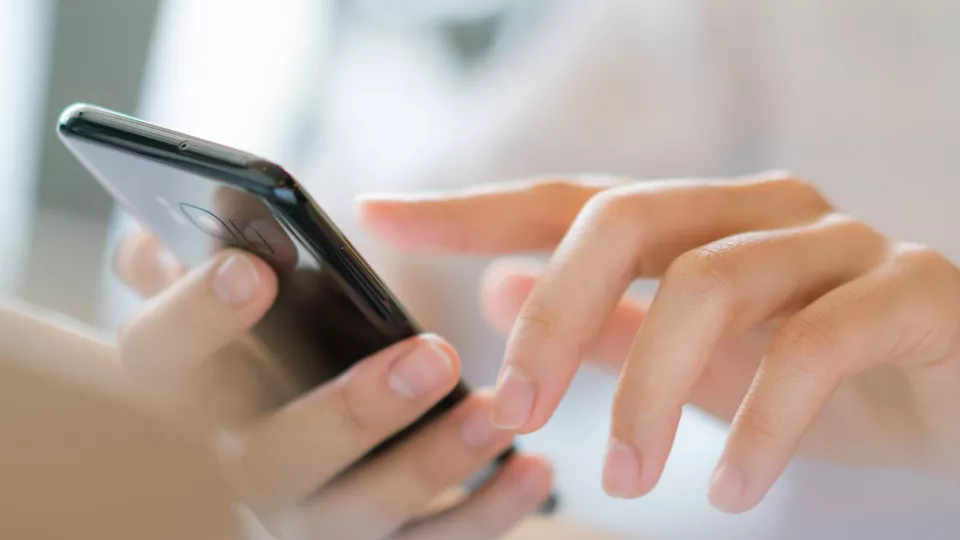Abstract
Objectives: To determine whether videos taken by parents of their infants’ spontaneous movements were in accordance with required standards in the In-Motion-App, and whether the videos could be remotely scored by a trained General Movement Assessment (GMA) observer. Additionally, to assess the feasibility of using home-based video recordings for automated tracking of spontaneous movements, and to examine parents’ perceptions and experiences of taking videos in their homes.
Design: The study was a multi-centre prospective observational study.
Setting: Parents/families of high-risk infants in tertiary care follow-up programmes in Norway, Denmark and Belgium.
Methods: Parents/families were asked to video record their baby in accordance with the In-Motion standards which were based on published GMA criteria and criteria covering lighting and stability of smartphone. Videos were evaluated as GMA ‘scorable’ or ‘non-scorable’ based on predefined criteria. The accuracy of a 7-point body tracker software was compared with manually annotated body key points. Parents were surveyed about the In-Motion-App information and clarity.
Participants: The sample comprised 86 parents/families of high-risk infants.
Results: The 86 parent/families returned 130 videos, and 121 (96%) of them were in accordance with the requirements for GMA assessment. The 7-point body tracker software detected more than 80% of body key point positions correctly. Most families found the instructions for filming their baby easy to follow, and more than 90% reported that they did not become more worried about their child’s development through using the instructions.
Conclusions: This study reveals that a short instructional video enabled parents to video record their infant’s spontaneous movements in compliance with the standards required for remote GMA. Further, an accurate automated body point software detecting infant body landmarks in smartphone videos will facilitate clinical and research use soon. Home-based video recordings could be performed without worrying parents about their child’s development.


